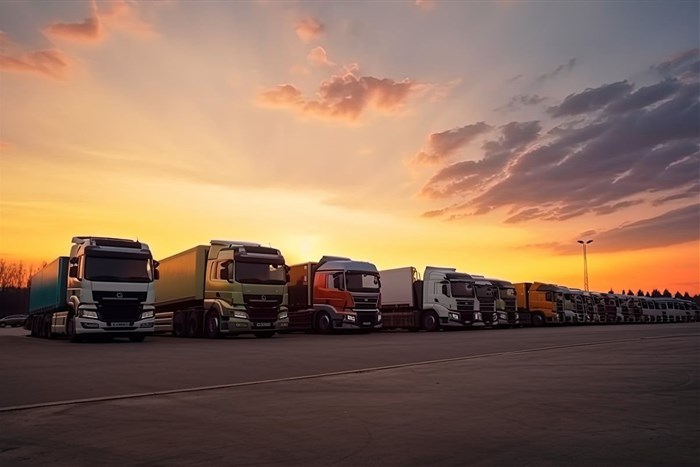There are dire forecasts of large fuel increases heading towards the South African economy in March 2024 - diesel by at least R1,40 for 500ppm and R1,50 for 50ppm. The price of petrol - 93 and 95 - will increase by at least R1,30 per litre.
The Central Energy Fund (CEF) attributes the forecasted price hikes to rising international fuel prices, which were around 82 dollars a barrel when the forecast was done. However, the strength of the rand plays a huge part in this see-saw effect we experience.
Challenges for road freight transporters
What does this mean? Road freight transporters use – in the main – diesel as the energy source for their vehicles. There are shorter haul/courier vehicles that use petrol as well, so they are not excluded from increasing costs either. Whilst we have seen fuels coming off huge highs in 2022 and 2023, prices are not where the local economy would like them to be. Largely due to the geopolitical issues facing the world, there has been a slow, but steady decrease in easily accessible oil products, which has seen demand drive the price up. There is also the added value of risk being applied.
This means that any gains achieved in mid-2023 are steadily being eroded and road freight companies will now be faced with the reality of having to increase pricing to cover the ever-increasing cost of diesel - depending on the arrangements that transporters have with their clients. Some transporters run day-to-day pricing dependent on their business model, whilst others may have contracts that determine how and when (if any) increases or decreases are factored in.
A challenge for any transporter is always the need to fund operations (which include the daily consumption of fuel) against the backdrop of delayed payment for services rendered – in some cases up to three months after the expense has been incurred.
In the meantime, the business needs to keep operating (i.e. the next load needs to be moved), which requires fuel, and many transporters don’t have limitless reserves of cash to continue paying for fuel against the delayed payment for work already done.
As the cost of transport increases, and the ever-decreasing levels of disposable income of the consumer begin to factor into retail (and other) sales, businesses will reduce volumes to be transported or even curtail stock movement (depending on consumer consumption levels). Transporters will feel this impact on their businesses.
Many transporters will not be able to muster the guarantees required for purchasing fuel on credit (required as customers take up to 90 days to pay after the transport has been provided) – and the transporter has paid for fuel, paid the driver, covered other costs and still needs to operate a business. Some just won’t have any cash to carry themselves for 90 days.
Long-term effects on inflation and consumer prices
Whether we like it – or not – the continuous increases in the price of fuel inevitably drive the cost of transport and logistics up – step by step – and with roughly 85% of all goods moved through and around the country having a road leg at some part in the journey, there will be increases to consumers as the cost to transport goods increases.
Fuel is fast crossing the 50% mark in daily transport operating costs (depending on the type of transport operation), which remains a high operational input cost for any company or business that requires goods to be transported to manufacturing/processing/packaging/staging/distribution or retail operations.
That cost will – in most cases – be borne by the consumer who will continue to feel inflationary price pressure in the short- to medium-term (subject to how long high fuel prices are around).
In the short term, general transport costs will rise - from food to fuel, from clothing to electronic goods and everything in between. There will be the inevitable price escalations – some immediately, but more so a domino effect will ensue, the next in a long line of such domino effects that we have seen too often in the last few months.
Hopefully, there will be some relief in international fuel prices and a better recovery of the rand against the major currencies. The recent "breather" in the increase by the Reserve Bank of its Repo Rate has been a blessing to the Consumer. Let's hope that we have seen a more permanent reprieve in that arena, as well as a softening in the price that South Africa needs to pay for fuel.





















